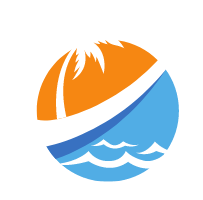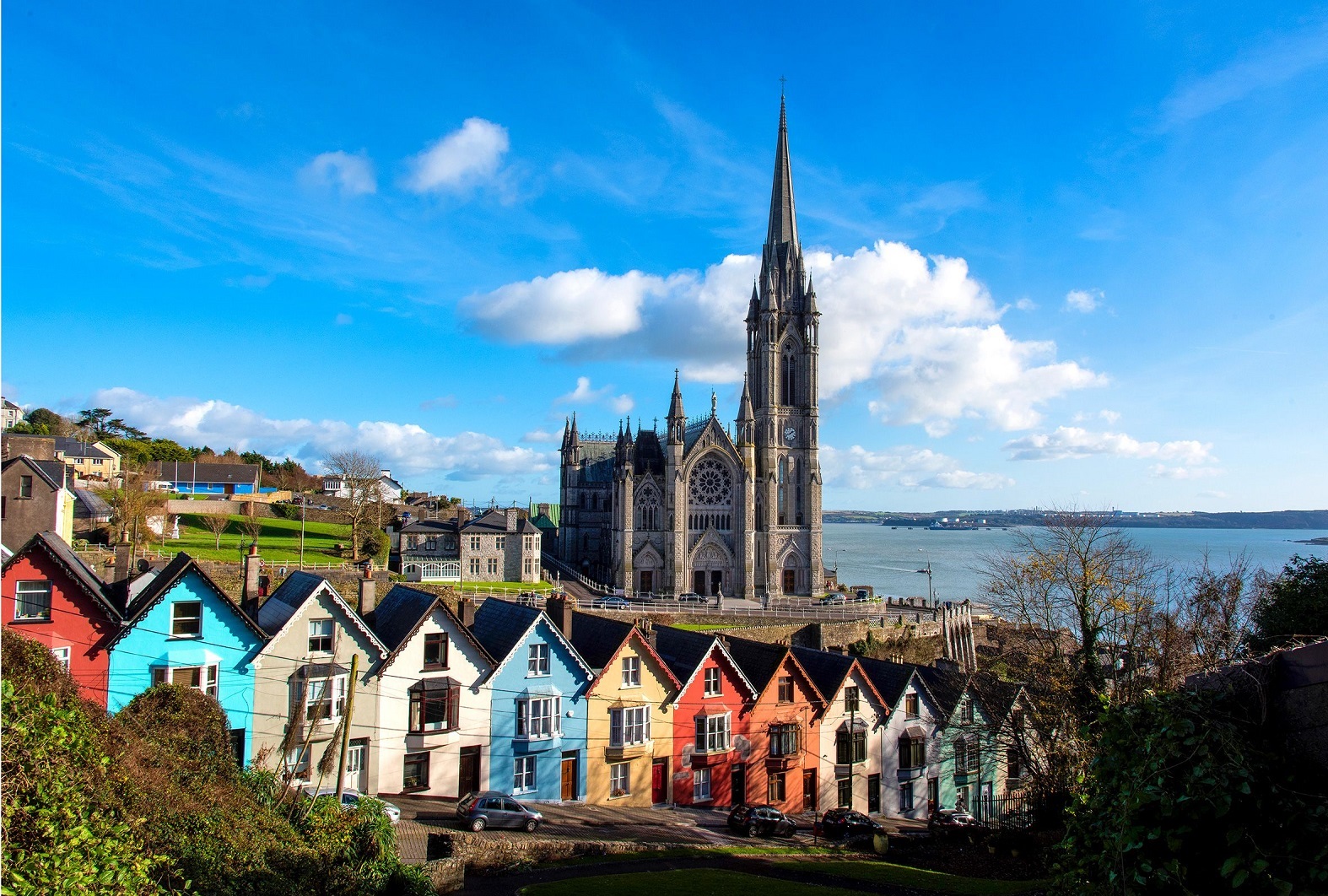Ireland’s second city is first and foremost, at least according to the locals, the ‘true capital of Ireland‘. Steeped in history, Cork City has quickly earned a reputation as a hip city in Europe. Like Venice, it is built on water, and the city center rests on an island in the River Lee, just upstream from Cork Harbour. The two canals of the River Lee that enclose the city center are spanned by numerous bridges, giving the city a distinctive continental air. The heart of the city is made up of narrow 17th-century alleys and modern architectural masterpieces such as the opera house.
St Patrick Street runs from Pont St Patrick over the Canal Nord, through the shopping district, to the Grand Parade, which leads to Canal Sud. North and south of St Patrick Street are the city’s most entertaining areas: a maze of narrow streets packed with pubs, cafes, restaurants, and shops. If the dynamism of Cork is reflected in the contemporary buildings, bars, and centers of arts, the city remains no less traditional, fortunately. You have understood it, you are not here in Dublin but in a much warmer city because it is much more compact. If you’ve decided to spend a few days here, you won’t be disappointed.
1. The historic and iconic English Market
What better way to visit Cork than to start with one of the oldest covered markets in Europe? Open since 1788, it’s a foodie’s paradise and there are so many tasty dishes before your eyes that it’s hard to hold back. The emphasis is on local products, with farmhouse cheeses, charcuterie, buttered eggs, sausages, bread, and smoked salmon, but there are also a few imports such as olives and wine. When Queen Elizabeth II came to explore the aisles of the English Market in 2011, she was impressed by what she saw in front of her, and you’ll understand why when you get there.
2. Shandon District
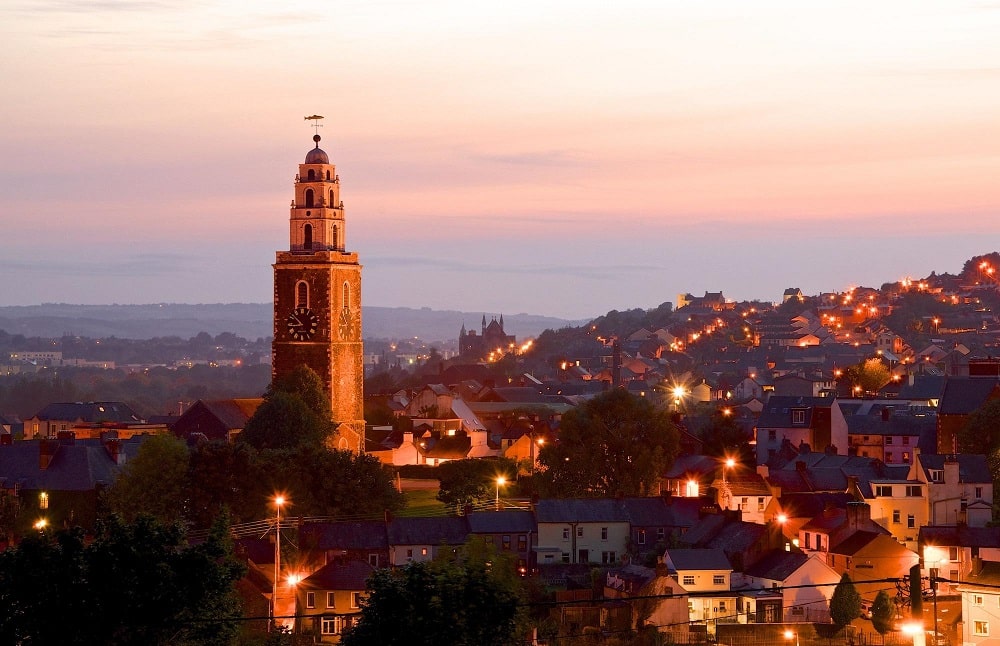
Perched on a hill overlooking the center of the city to the north, Shandon is a great place simply for its views, but you’ll also find galleries, antique shops, and cafes along its old lanes and squares. Tiny old townhouses, where generations of workers raised large families in very basic conditions, are now popular urban homes.
Shandon is dominated by St. Anne’s Church from 1722, nicknamed “Four-Faced Liar” because each of the four clocks in the tower tells a different time. Aspiring bell ringers can pull the string of bells on the 1st floor of the tower dating from 1750, and continue climbing the 132 steps to the top for a 360-degree view of the city.
Cork has a long tradition of butter making (in the 1860s it was the largest butter market in the world, exporting butter throughout the British Empire), and its history is told through an exhibition at Cork Butter Museum. The square in front of the museum is dominated by the Firkin Crane, a circular building in place and location of the former Butter Market, which now houses a center for dance and choreography.
3. St. Finbarr's Cathedral
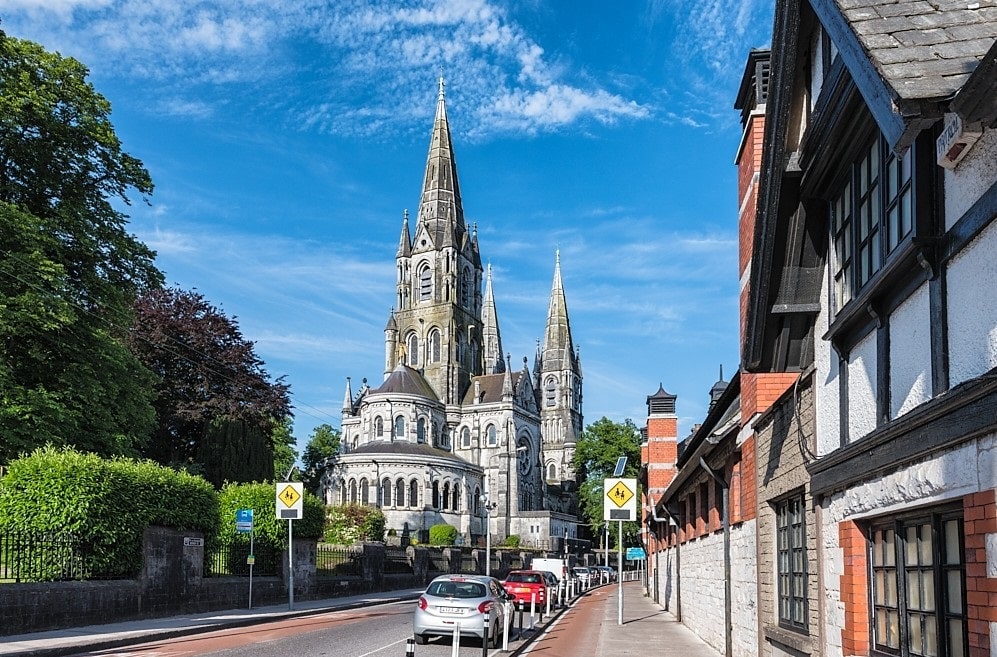
Saint Finbarr is the patron saint of Cork City. Pointed Spiers, gargoyles with grotesque faces, and rich carvings make up the exterior of Protestant Cork Cathedral, an eye-catching blend of French Gothic style, with a touch of medieval fantasy. Local legend says that the golden angel (called Angel of the Resurrection ) located on the east side of the building will blow its horn when the Apocalypse takes place.
The splendor continues inside, with marble mosaic floors, a colorful ceiling, an enormous pulpit, and the bishop’s throne. Also on display is a cannonball that damaged an old church spire during the siege of Cork (1690). It was the architect William Burges who built the cathedral in 1865.
4. Cork City Gaol, the old prison of Cork
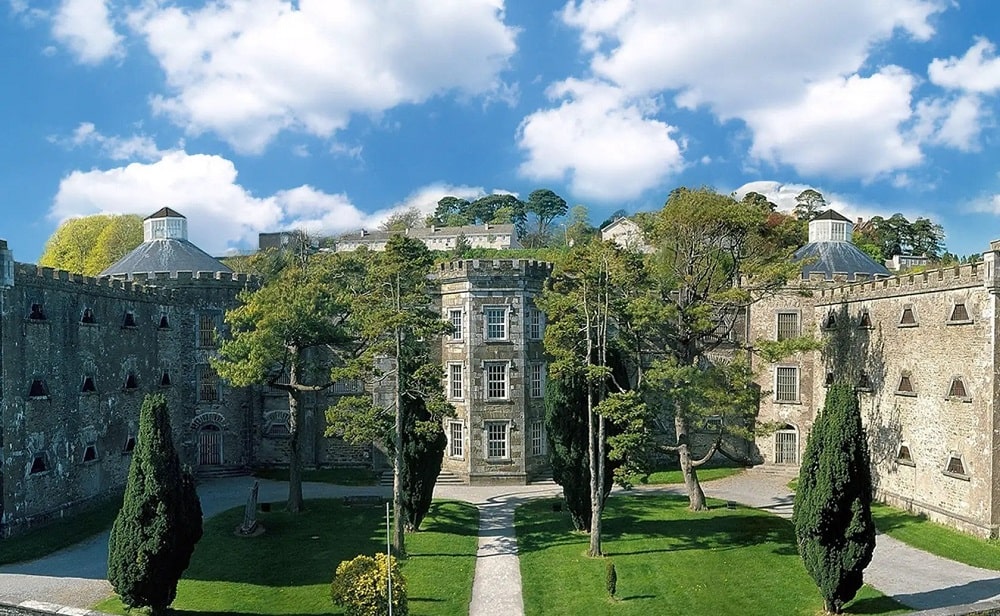
This imposing former prison is well worth a visit, if only to get a sense of how hard life was for prisoners a century ago. An audio guide is offered to take you around the prison and the restored cells. Some of them recompose scenes of daily life from the past, with mannequins of suffering prisoners and sadistic-looking guards. Moreover, many other models punctuate the visit. This moving and instructive discovery shows the harshness of the penal system in the 19th century. Probably the most common crime at the time was that of being poor, as most inmates were sentenced to hard labor for stealing bread. The prison closed in 1923 and reopened in 1927 as a radio station. The office of the governor of the prison has therefore been converted into a museum, the Radio Museum Experience, where you will find a collection of old radios among other things.
5. Visit University College Cork
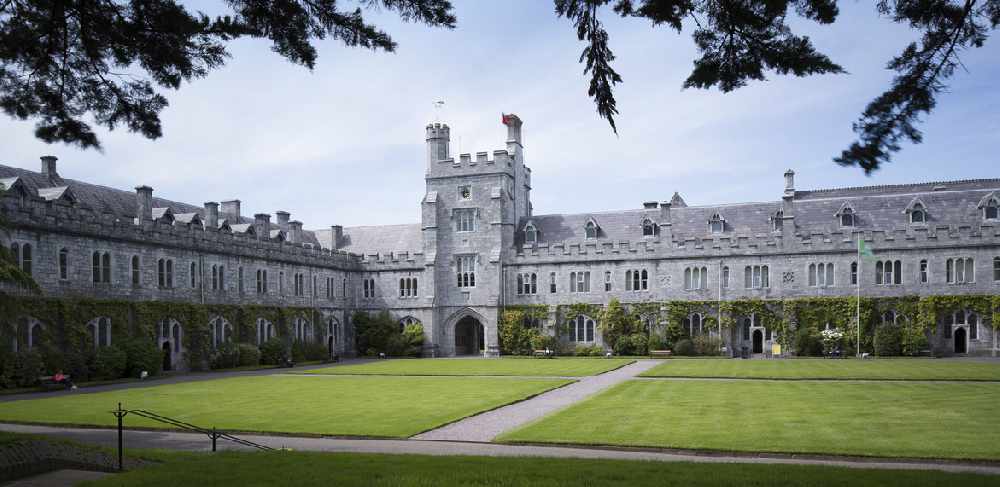
Rub shoulders with Cork’s student population as you stroll through the grounds of University College Cork (UCC). Founded in 1845, people come here above all to admire the superb architecture as well as the Lewis Glucksman Gallery, or the George Boole Library. The university is at the end of Fitzgerald’s Park.
6. Blackrock Castle
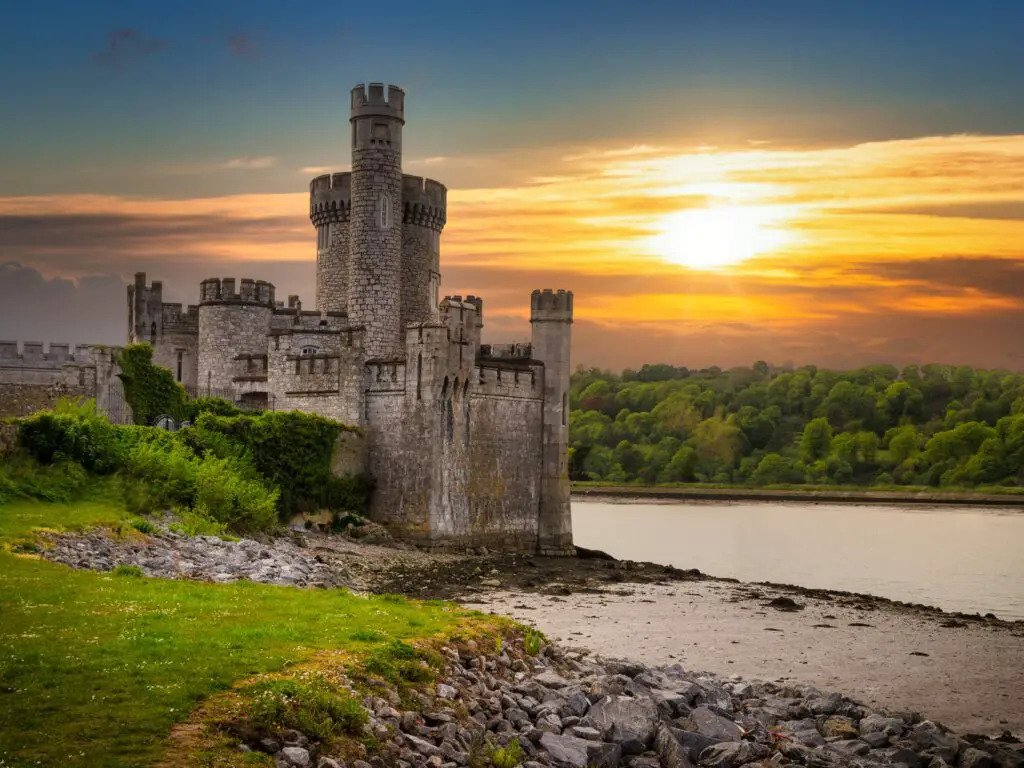
Blackrock Castle is a 16th-century castle located approximately 2km from the heart of Cork City, on the banks of the River Lee. Originally built to defend the harbor and the upper tributaries of Cork Harbour, the castle is now used as an observatory, and there is also a restaurant there. It’s a great place for families and children with an exhibit teaching us more about our galaxy and the universe. On weekends, it is possible to visit the dungeons of the castle.
7. Explore Blarney Castle and kiss the 'Stone of Eloquence'
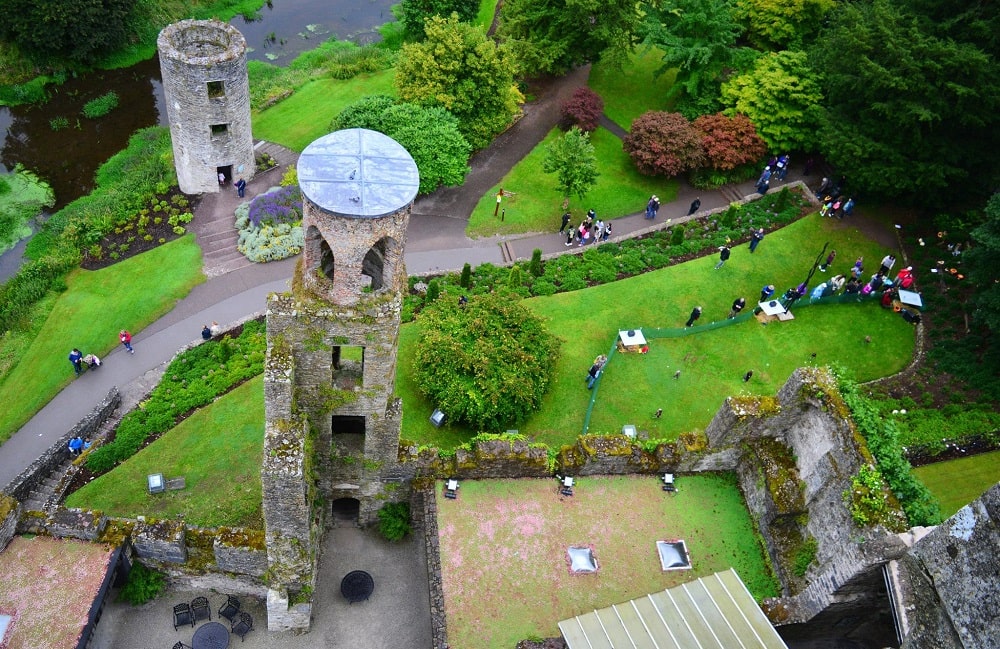
Blarney Castle ( Blarney Castle ) is located about ten kilometers from Cork and is very touristy. Its fame was shaped by a stone that the castle shelters: that of Blarney, known as “eloquence”. Kissing the stone upside down would grant the power of eloquence. Thus, it is not uncommon to see people kissing this stone while lying on their backs. Besides this anecdote, the castle dates from the 11th century, but was destroyed in 1446. It was then rebuilt by Dermot McCarthy, King of Munster. The gardens around the building are superb.
Also Read: The best scenic road trips in Ireland
8. Pubs, local beer, traditional music
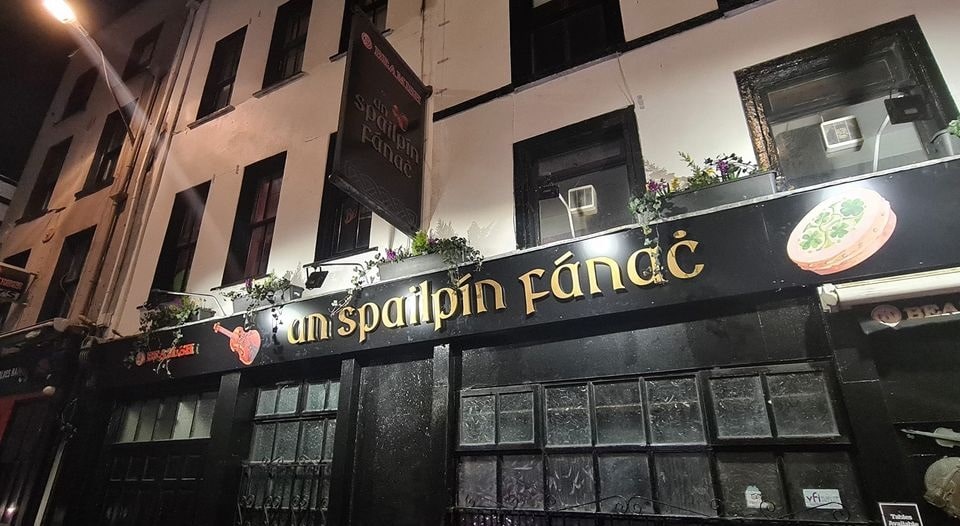
Traditional Irish music can be heard live right in a pub. It’s nice to attend a small concert while enjoying a local pint. Try one of the best pubs in town: Sin E. Other pubs are to be done like the Corner House or the An Spailpin Fanach which serves an excellent stout beer. Moreover, for beer lovers (in moderation!), you can go and taste it at the Franciscan Well brewery located in a Franciscan monastery dating from 1219.
9. The Crawford Art Gallery
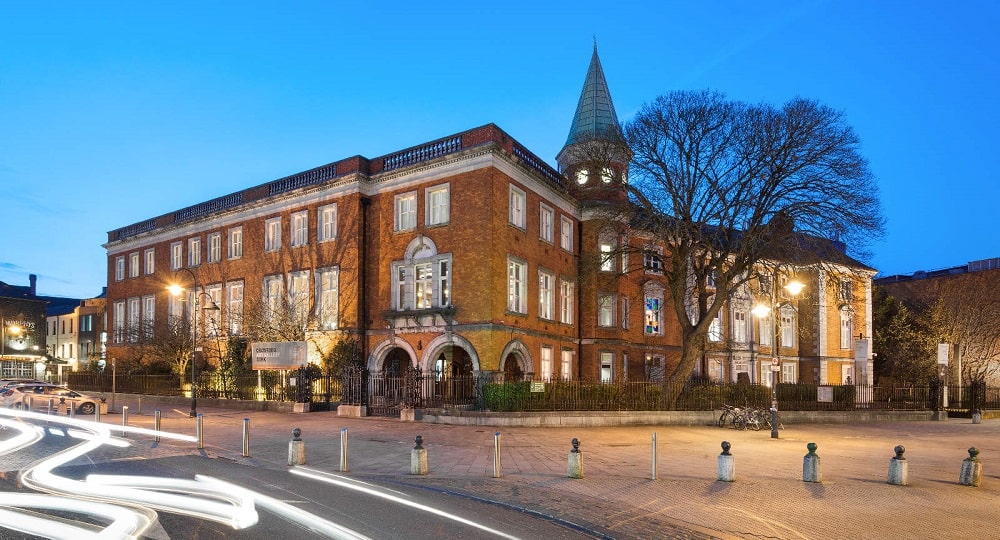
This Cork art gallery houses a small but excellent permanent collection covering works from the 17th century to the present day. Among them, you will discover those of Sir John Lavery, Jack B Yeats, or Nathaniel Hone. There is also a room devoted to Irish women artists between 1886 and 1978, including Mainie Jellet and Evie Hone. It is also in this museum that a gallery of sculptures presents white plaster casts of Greek and Roman statues, offered to King George IV by the Pope in 1822.
10. What to do around Cork?
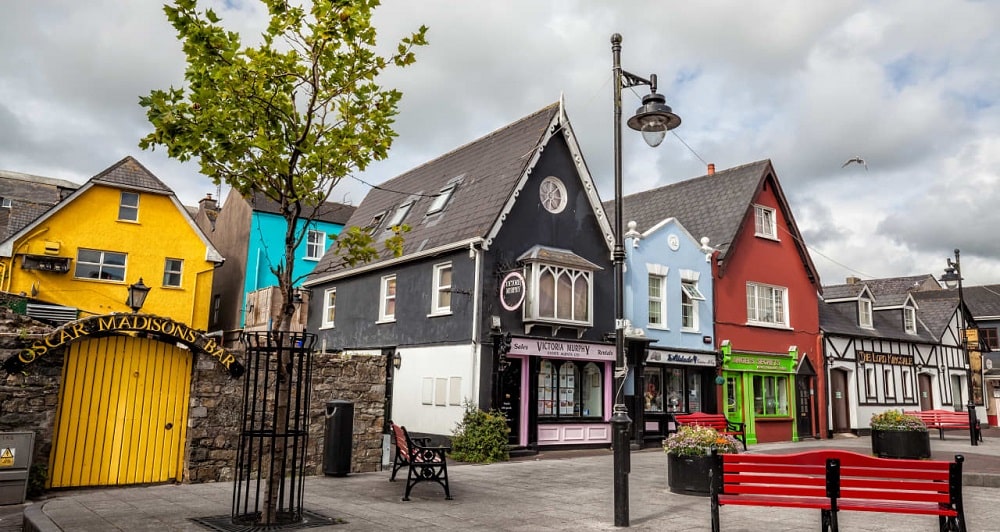
If you’re staying in Cork for just over a weekend, don’t hesitate to get out of town and explore the attractions in the surrounding area. For example, rent a car to visit these ideas for activities:
- The fishing village of Kinsale and its colorful houses
- The model village of Clonakilty
- Killarney National Park on the famous Ring of Kerry tourist route
- Discover the Midleton distillery which notably produces the best-selling Irish whiskey in the world, the Jameson
- Visit The Titanic Experience museum in the town of Cobh, which is also worth a look (you can get there by train)

